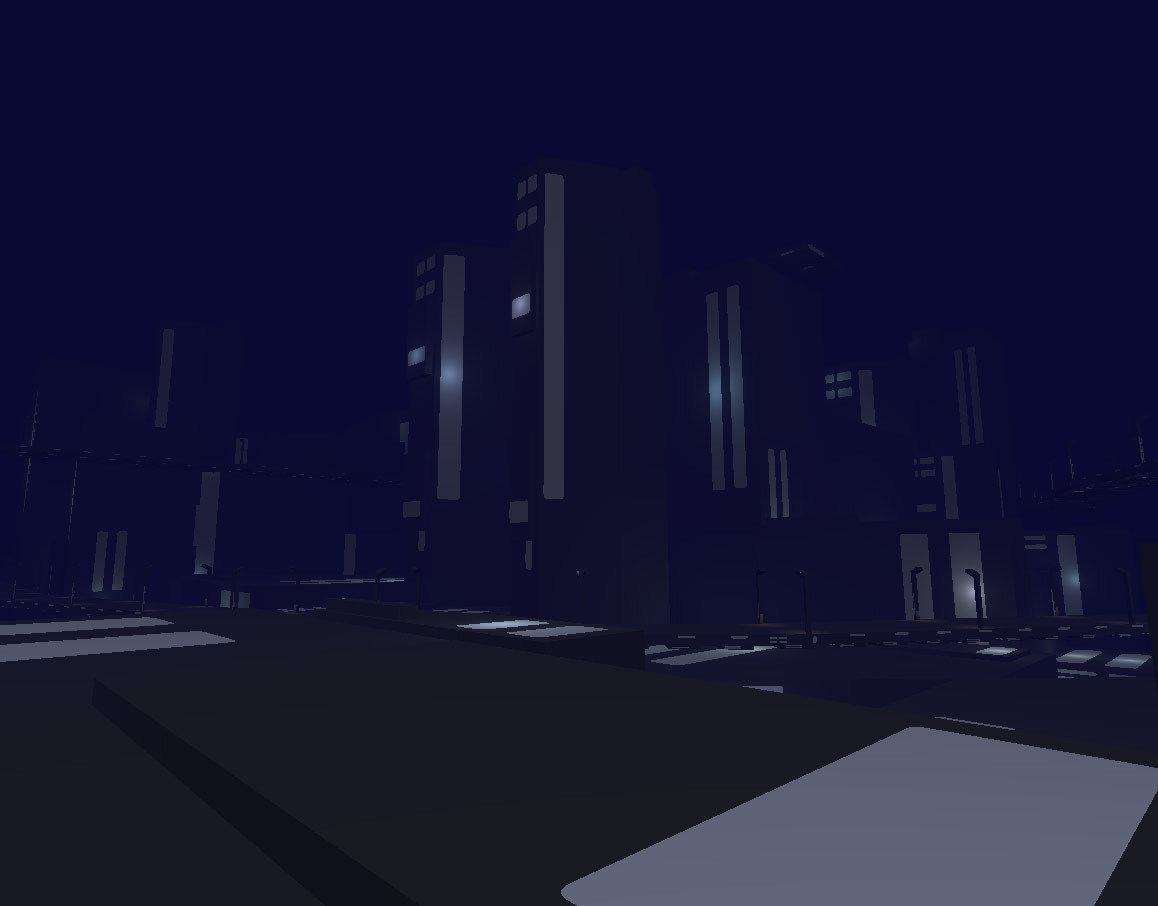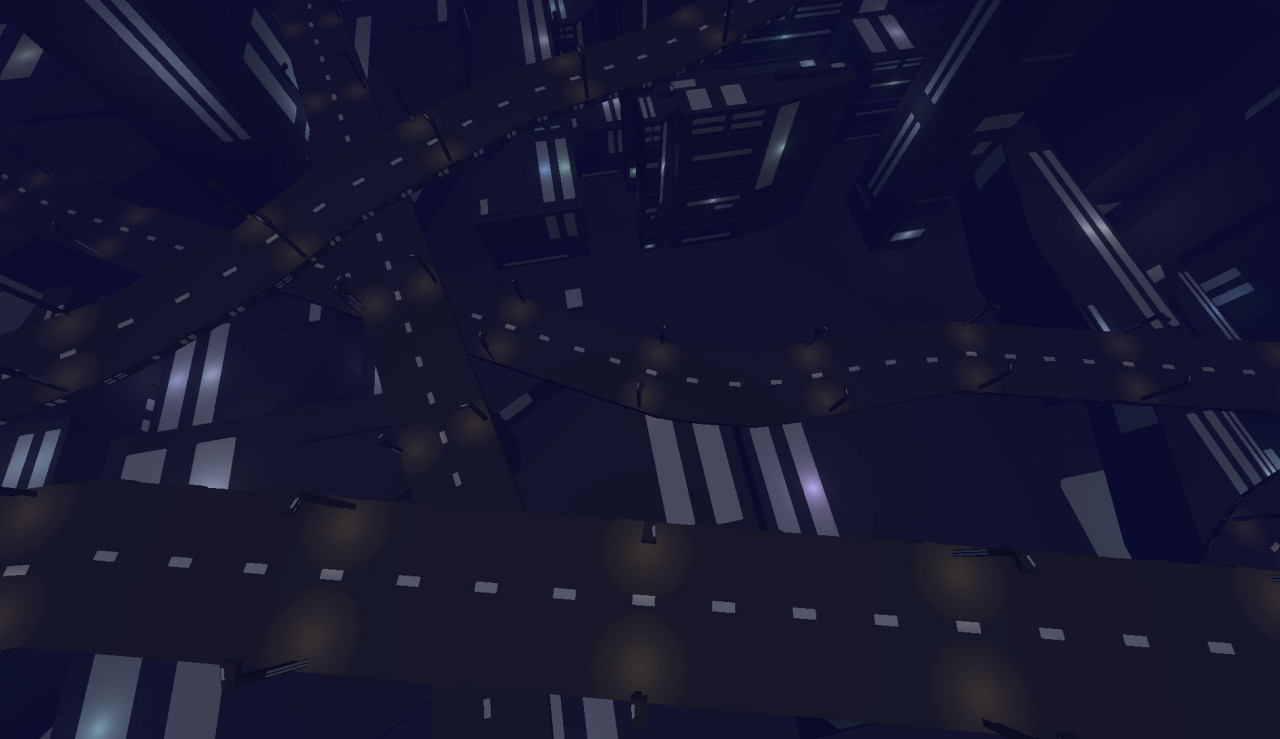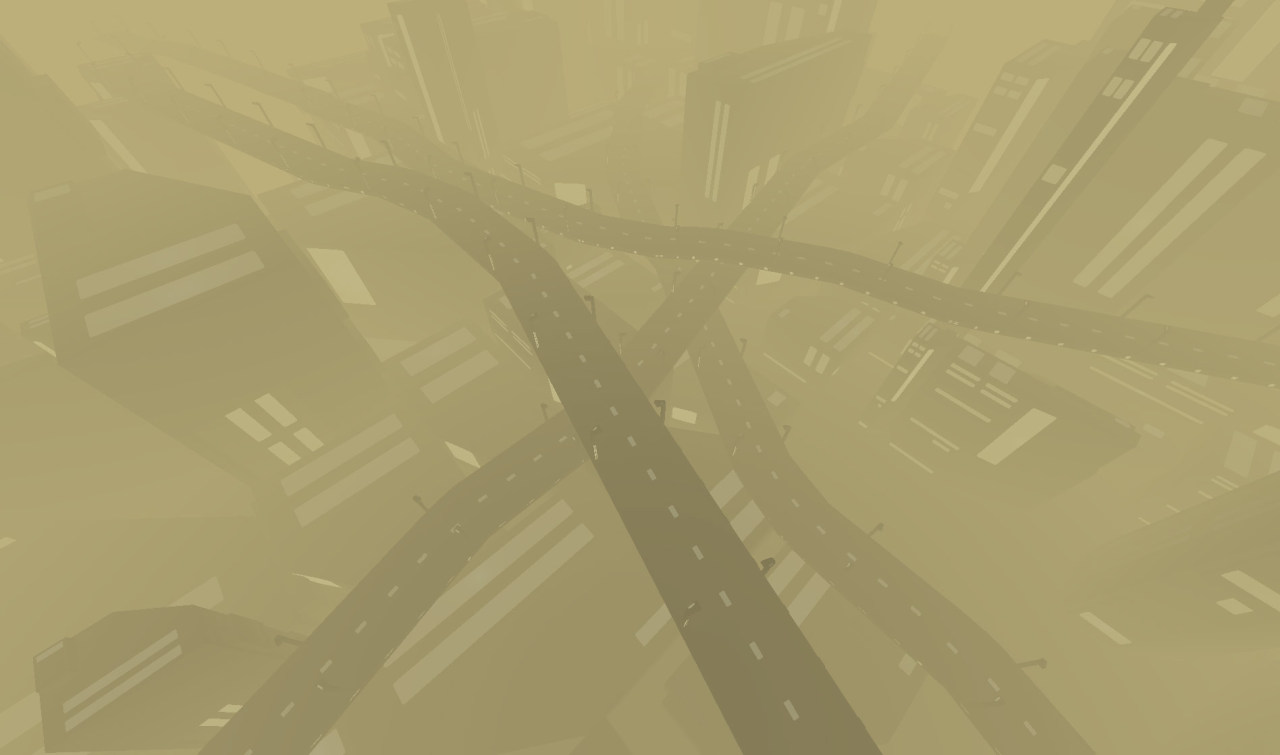




Procedural HyperCity
Which is mostly, as its creator Matthew Smith has said, a demo. But its a nice demonstration of creating city geometry, started during ProcJam 2016.
And, much as I’d like to see this expanded into a whole experience, I also have to say that I like little generators that make a thing, or create a sense of place.
